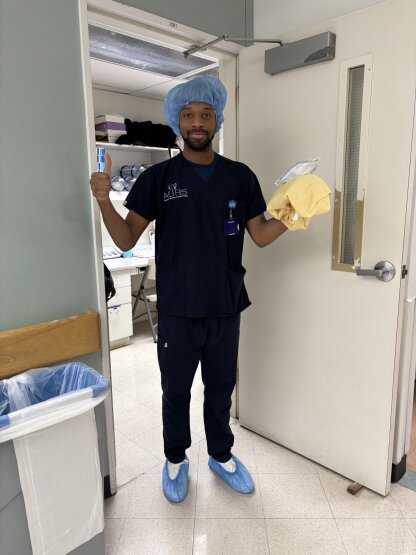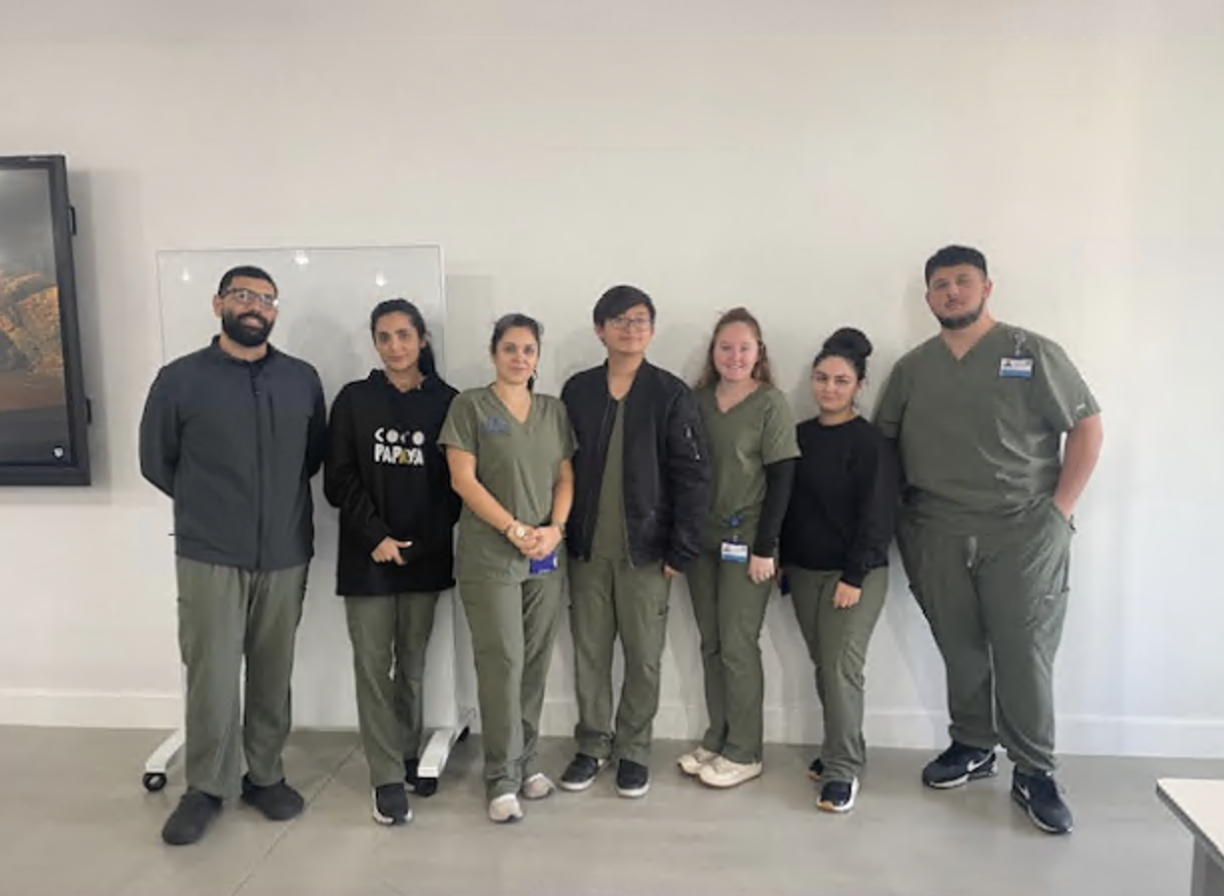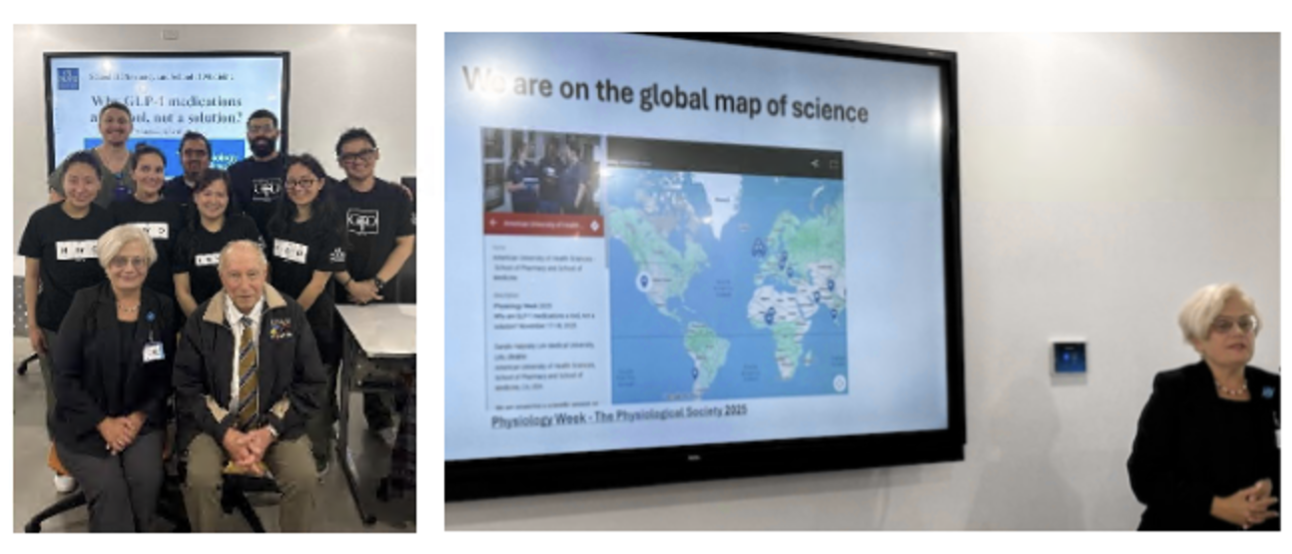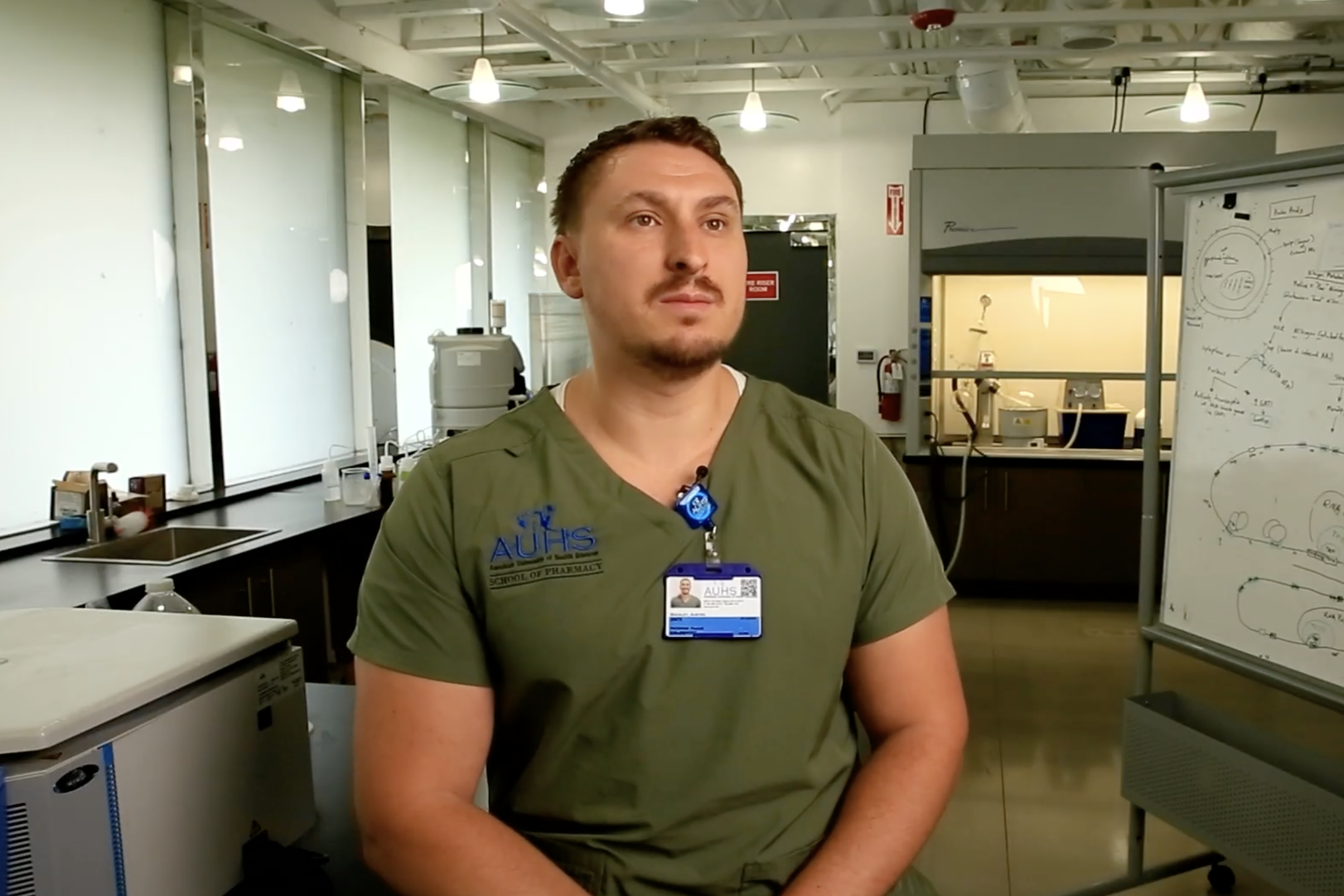From Passive to Active: How Drawing Transforms Biomedical Learning
By Oksana Zayachkivska, MD, PhD, DSc, Professor, School of Medicine, AUHS
What is the best way to grasp challenging topics in neuroscience, physiology, pathophysiology, and other biomedical sciences? Instead of just viewing images, what if we actively engaged by drawing them? This innovative approach was discussed by the faculty of the School of Medicine, in collaboration with the broader academic community, following a recent webinar hosted by the American Physiological Society on interactive learning tools. Dr. Filipovic from the University of Connecticut highlighted the effectiveness of DITKI (Draw It To Know It. Medical & Biological Sciences), an innovative educational approach based on a platform developed over 15 years ago by PhDs, MDs, and other educators specifically for medical and biological sciences.
The concept of DITKI is elegant and simple yet powerful: students learn by drawing anatomical structures, patho- and physiological schemes, and concept flow charts themselves. This method fosters long-term memory retention and a deeper understanding of visual-spatial relationships.
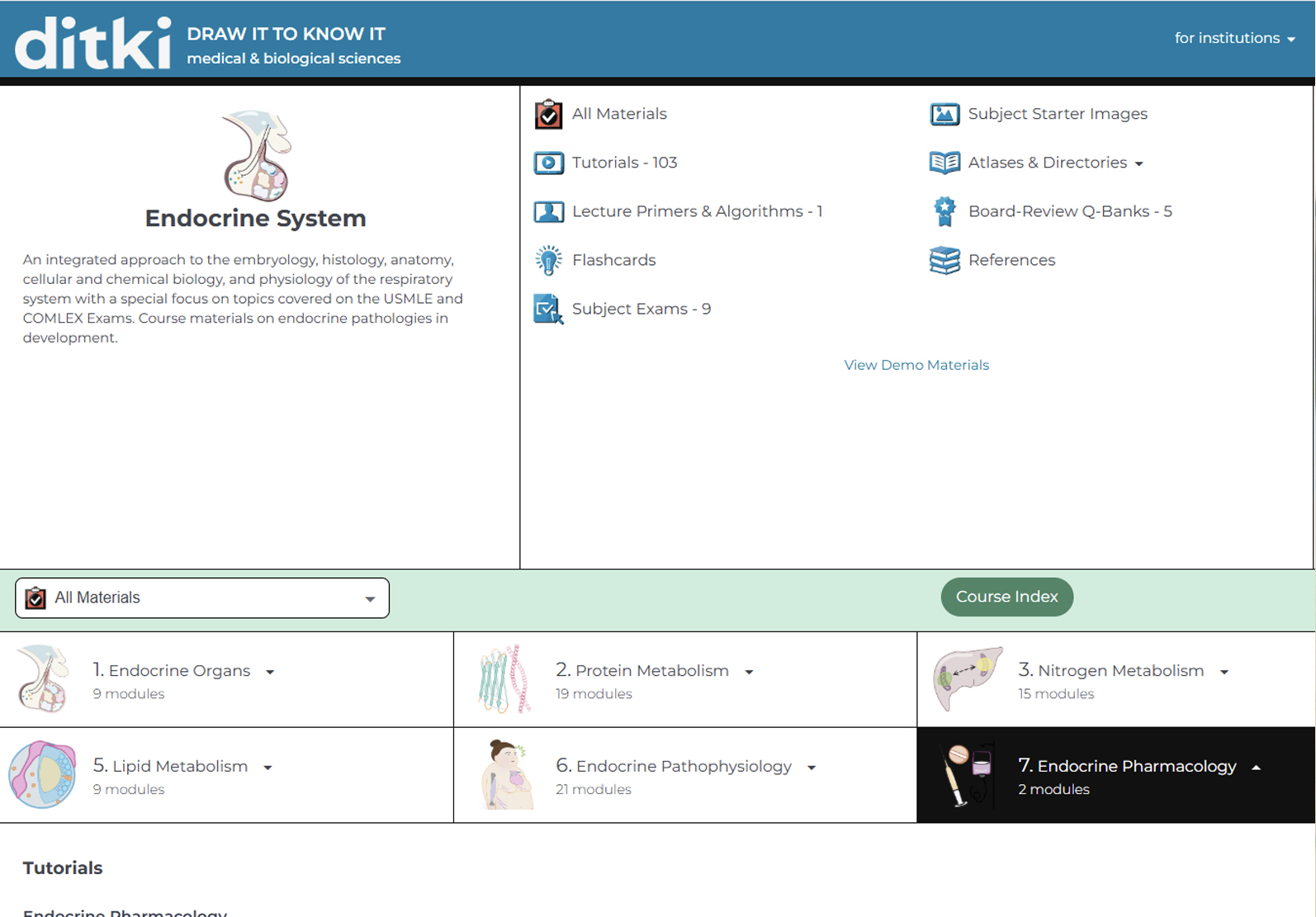 Endocrine system page in DITKI platform (1).
Endocrine system page in DITKI platform (1).
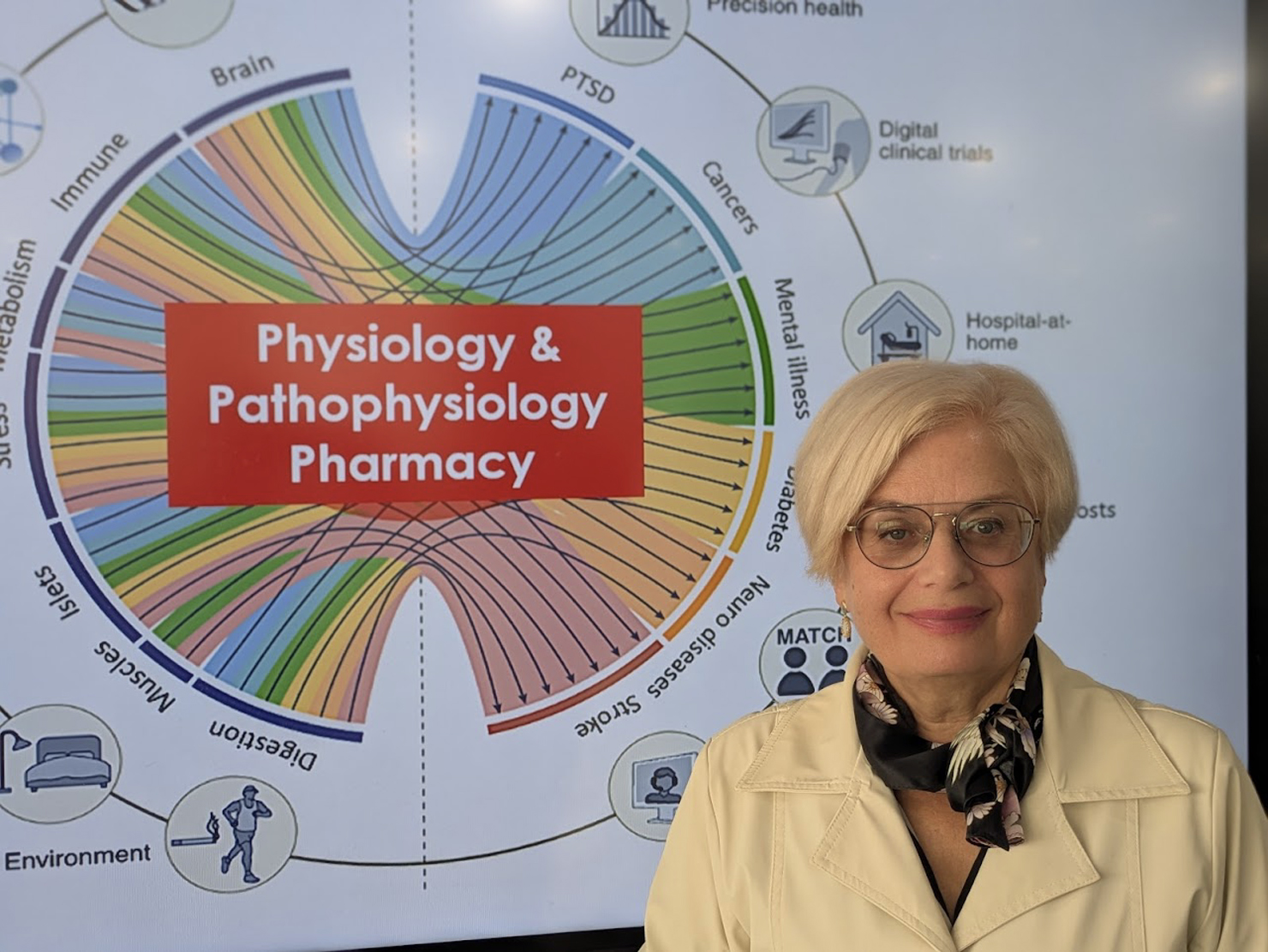 Prof. Oksana Zayachkivska during lecture for Pathophysiology course
Prof. Oksana Zayachkivska during lecture for Pathophysiology course
Dr. Filipovic shared from her own experience that there is an adjustment period for both educators and students when adopting this approach. However, it is adaptable to various learning styles and facilitates visualization of three-dimensional relationships, helping learners understand biomedical sciences in ways that traditional methods cannot. Improvement in student retention and comprehension is significant. This transformative approach confirms that the best way to learn it is to draw it, which DITKI demonstrates with a modern approach to studying neuroanatomy, physiology, neurophysiology, pathophysiology, pharmacology, and toxicology, using Slido quizzes as well as interactive discussions on clinical cases. Building on these insights, the faculty of the School of Medicine is exploring how to integrate this proven methodology into our curriculum while also, proposing it to the School of Pharmacy where active learning is implemented in lectures, workshops, and discussion forums. Future PharmD students at AUHS are exposed to real clinical scenarios early by participating in workshops and discussion forums, which help develop their skills in effective and enjoyable ways, promoting wellness and reducing stress.
References:
https://ditki.com/course/endocrine-system (accessed on October, 28, 2025)
Chang YI, Kovalchuk I, Savytska M, Zayachkivska O. Building active learning in medical education: how to bridge vision with real practice? Proc Shevchenko Sci Soc Med Sci. 2024Dec.27;76(2).
Weiss V, Kinley V, Khalaf N, Sillevis R. Enhancing Medical Education Through Drawing: A Pathway to Deeper Understanding and Retention. Medical Research Archives. 2025 Apr 30;13(4).

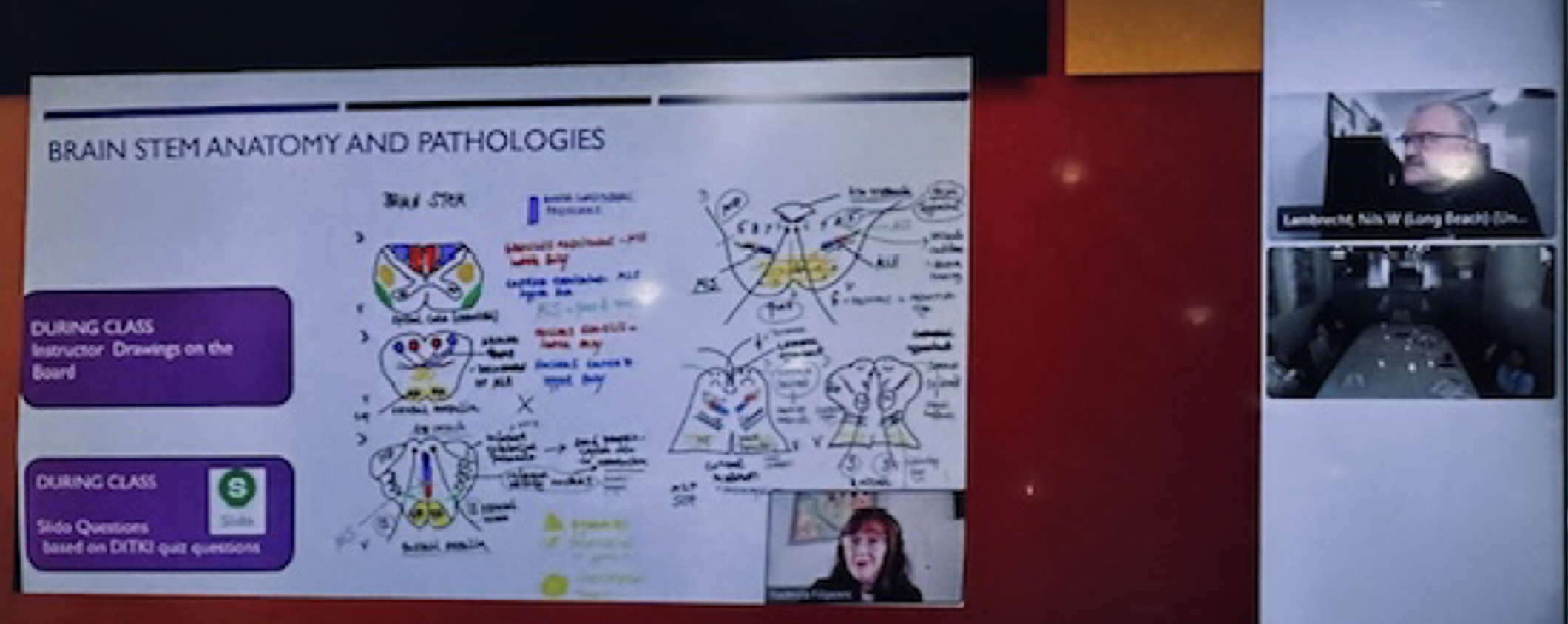 Hybrid meeting of the School of Medicine on October 10, 2025, where faculty discussed how drawing transforms biomedical learning based on webinar from American Physiological Society.
Hybrid meeting of the School of Medicine on October 10, 2025, where faculty discussed how drawing transforms biomedical learning based on webinar from American Physiological Society.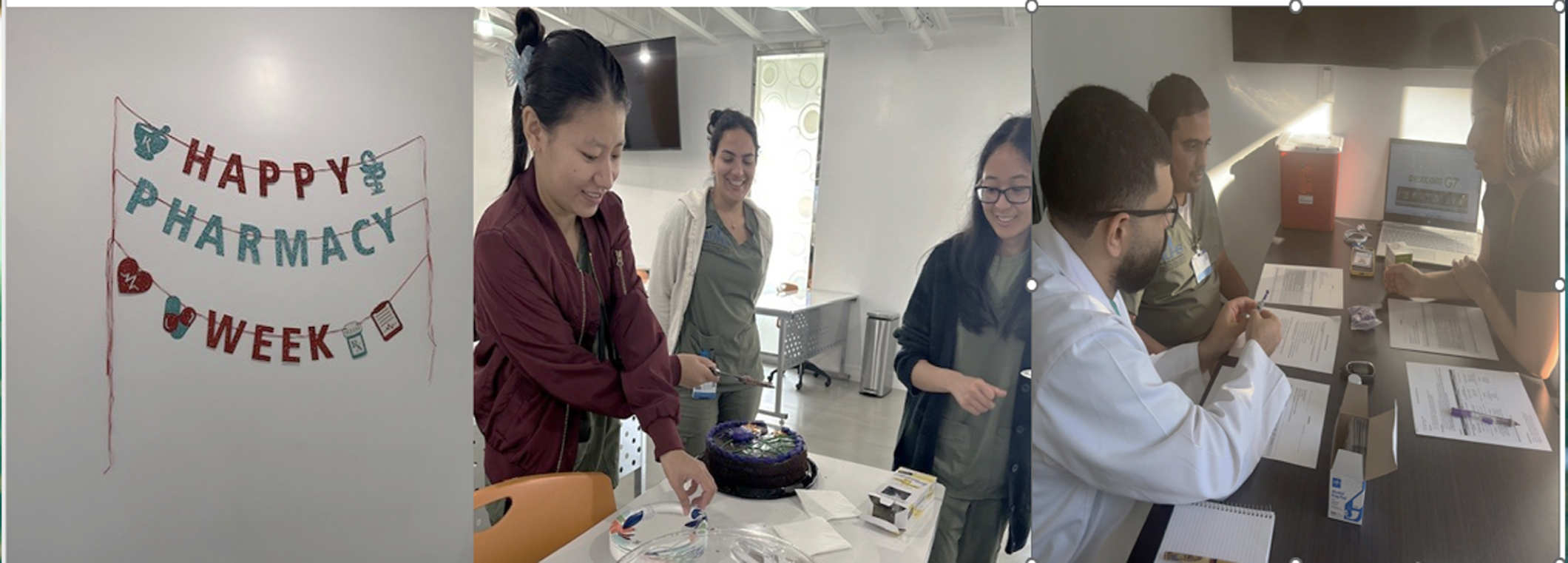 Students of School of Pharmacy Cohort 6 during discussion forum Nutritional Support and workshop on Diabetes Mellitus in course CS 867: Integrated Pharmacotherapy IV: Gastroenterology & Endocrinology (instructors Prof. S. Szabo, Dr. S. Yang, Dr. Bagheri, Prof. O. Zayachkivska).
Students of School of Pharmacy Cohort 6 during discussion forum Nutritional Support and workshop on Diabetes Mellitus in course CS 867: Integrated Pharmacotherapy IV: Gastroenterology & Endocrinology (instructors Prof. S. Szabo, Dr. S. Yang, Dr. Bagheri, Prof. O. Zayachkivska).

